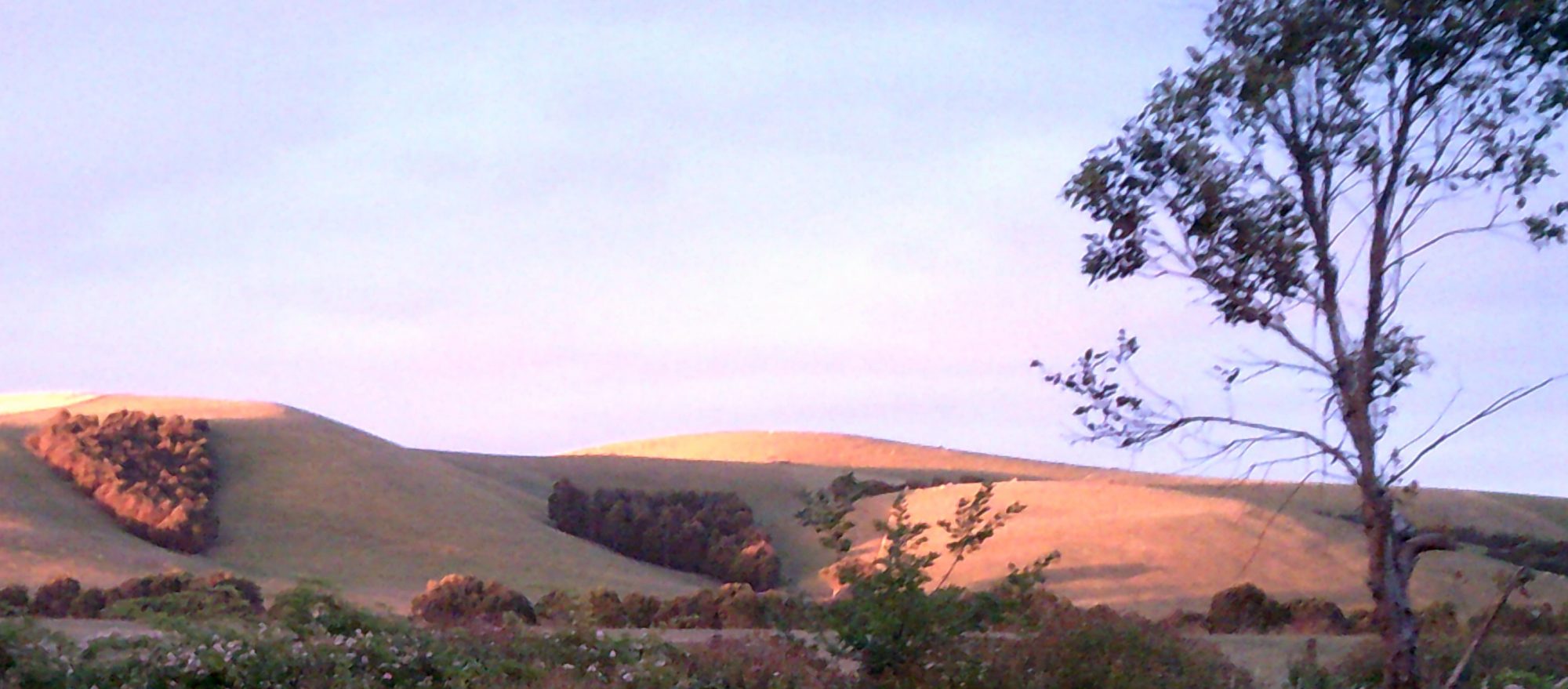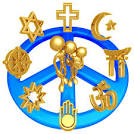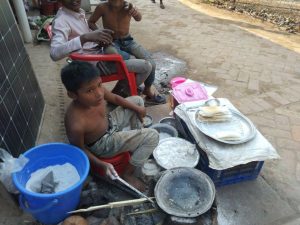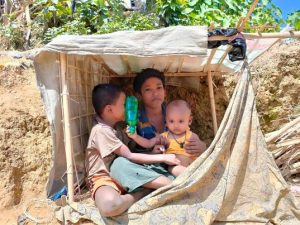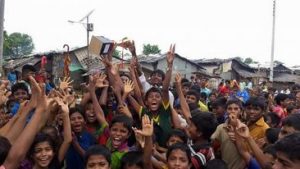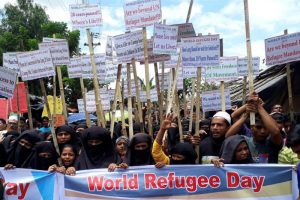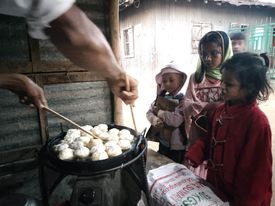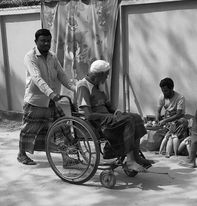World Refugee Day draws large protests from people demanding resettlement.
Genocides were never exceptional; the twentieth century has produced many genocides across every continent on the planet. There are many examples of human extinction. In most cases genocide occurs in relation to the acquisition of lands and delusion of archaicism. Genocide Watch lists various stages of genocide. They include ethnic division, discrimination, dehumanization, polarization, persecution, mass killing. The victims are usually indigenous to the area where genocides occur and it would be fair to say that first nations people everywhere are at risk. Here are a few examples of genocide:
Indigenous to the United States of America (US) were tribes of Native American Indians. The colonization began in 1607 when England’s Jamestown colonists arrived in present-day Virginia with instructions to gain control of the area. Settlers came in to conflict with the tribes so in 1830, the US undertook a policy of removing all indigenous people from the area. The internments and forced transportation killed entire populations. The Cherokees, for instance, suffered 50 percent fatalities during the “Trail of Tears”; the Choctaws, Chickasaws, Seminoles and Creeks, 25 to 35 percent each.
If we move forward a little to Africa, the Herero Genocide that occurred between 1904-1907 in current day Namibia also killed mass populations. The Herero was the herdsmen who migrated to the region in the 17th and 18th centuries. After a German presence was established in the region in the 1800s, the Herero territory was annexed (in 1885) as a part of German South West Africa.
The Armenian Genocide was carried out by the government of the Ottoman Empire from 1915 to 1918. Starting in April 1915, Armenians in the Ottoman armies, serving separately in unarmed labour battalions, were removed and murdered. Of the remaining population, the adult and teenage males were separated from the deportation caravans and killed. Women and children were driven for months over mountains and desert, often raped, tortured, and mutilated. Deprived of food and water, they fell by the hundreds of thousands along the routes to the desert. Ultimately, more than half the Armenian population (1,500,000 people) was decimated.
In 1932-33, Joseph Stalin, leader of the Soviet Union, imposed the system of land management known as collectivization. He seized all privately owned land and stock. The crops and profits went to foreign markets to pay for his five-year plan while millions starved to death. By the spring of 1933, an estimated 25,000 people died every day in the Ukraine, an estimated 7,000,000 persons altogether were annihilated.
In December of 1937, the Japanese Imperial Army entered China’s capital city of Nanking and murdered 300,000 out of the 600,000 people. The siege lasted for six weeks and it has been known for its brutal crimes against women. The Japanese troops raped over 20,000 women, most of whom were murdered after being assaulted.
In 1949 a revolution marked Mao Tse-tung’s proclamation of the People’s Republic of China. The Chinese Communist Party systematically destroyed the traditional Chinese social and political system in favour of a peasant society. In 1958, he launched the “Great Leap Forward” campaign, which destroyed the agricultural system and forced the Chinese back into archaic darkness and a famine that killed 27 million people.
In the European republic of Bosnia-Herzegovina a genocide was committed by the Serbs against Bosnian Muslims. In the late 1980’s Muslims were systematically murdered or deported to concentration camps. Over 200,000 Muslim civilians were systematically murdered and 2,000,000 became refugees at the hands of the Serbs.
Beginning on April 6, 1994, groups of ethnic Hutu, armed mostly with machetes, began eliminating the country’s ethic Tutsi population. By July 1994 over one-tenth of the population, an estimated 800,000 persons were killed. The country’s industrial infrastructure was destroyed and much of its population were dislocated
The genocides carried out by the Khmer Rouge were known as the Killing Fields. They consist of a number of sites in Cambodia where collectively more than a million people were killed and buried by the Khmer Rouge regime (the Communist Party of Kampuchea). It happened from 1975 to 1979, immediately after the end of the Cambodian Civil War (1970–1975).
Violence and destruction have been raging in the Darfur region of western Sudan since 2003. The government-sponsored militias known as the Janjaweed have conducted a calculated campaign of slaughter, rape, starvation and displacement where an estimated 400,000 people have died due to violence, starvation and disease. More than 2.5 million people have been displaced from their homes and over 200,000 have fled across the border to Chad. Many now live in camps lacking adequate food, shelter, sanitation, and health care.
In April of 1948 Israel carried put the Deir Yassin massacre, which consisted of around 130 fighters from the far-right Zionist paramilitary They killed at least 107 Palestinian Arabs, including women and children, in Deir Yassin, a village of roughly 600 people near Jerusalem. Since 1948 the mass killing and displacement of Palestinians has led to a half-century of military occupation and apartheid. Israel carries out constant military assaults on Gaza, and seemingly the elimination of Palestinians.
2022: the Australian Labor government have said they will end temporary visas, but they will not end the cruel and unlawful offshore processing.
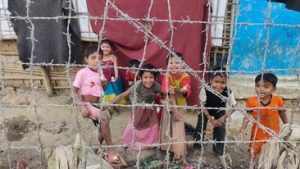 Kutapalong Refugee Camp Bangladesh.
Kutapalong Refugee Camp Bangladesh.
Nothing changes.
Every year the UNHCR hold a day of celebration called World Refugee Day. Every celebration is given a title. In 2021 the celebration was titled, “Together we, heal, learn and shine.” To celebrate the day the Kutupalong camp in Bangladesh had a visit from the UNHCR Goodwill Ambassador Mr. Tahsan Khan who was there to open an intensive care unit and diagnostic services at the Sadar District Hospital, which was created with UNHCR funds. These services are undoubtedly needed, but a problem arises when International AID is provided to counties in exchange for temporary refuge because there is no incentive towards refugee resettlement. Indeed, the arrangement makes refugees the collateral for any future material developments. Currently funded by Saudi Arabia, Bangladesh is doing very well in building infrastructure. At the same time, some refugees have been in captivity for more than 30 years. They are excluded from all benefits, despite contributing to the country’s growth status.
The theme of the 2021 World Refugee Day was “together we heal, learn and shine”, it was a huge ask in an environment where people have a day-by-day struggle to survive. The aim to “heal, learn and shine” is all well and good, but we need to ask whose interests are really being served? In order to maintain this arrangement, the camp has to grow, this means more refugees while conditions are deteriorating and donor funds are drying up. The system is flawed and refugees will never be truly free to build their own lives under this system.
In 2022, once again, another Refugee Day took place. This time the public are asked to engage with Refugee Day and its new aspirations. We are asked to remember what has been achieved. What has been achieved? We can reflect on the fact that nothing has changed, refugees are still imprisoned in outrageous conditions. The controls in camps have tightened and the environment has become ever-more dangerous. The mental health of residents has reached crisis point. Many health services are not free and most are unaffordable. What has changed? No one can leave the camp without a pass. Close associations are watched by guards. Residents have to rely on charities for books and learning. The guards in their posts have nice bright uniforms and up-to-date weaponry while people are dying of treatable diseases and children risk injury from a lack of basic checks for health and safety. In 2022 a four-year-old child was buried alive under a landslide. Just a few weeks later two more children were buried alive during flooding. Remarkably, some people do “shine” because they are able to develop an extraordinary power of will. However, no one should have to live like this, it is systemic torture and against International Law. Refugee camps are a system of segregation, this is called apartheid.
No one in a refugee camp is permitted to move beyond the barbed wire fencing. Residents are faced with a life of entrapment as is revealed in the images contained in this book. There are smiles and tears in the images of residents seemingly enjoying themselves, but none can fully appreciate the day-by-day hardship that can easily fall to despair. As a consequence, the camp has given rise to a host of problems, relating to crime, health and sheer desperation, it has also produced a number of very good photographers. The cameraman captures life on the inside because it is the only way hardship in the camp can be revealed to the outside world. No one can fail to be moved by the pictures of people clinging to the wire fences and children hungry for food. Some of the images show people trying to hurry passed guards for fear of being interrogated. Some are assaulted, beaten or are insulted with racial slurs. Fear is written on the faces on innocent bystanders who cannot do or say anything to stop the brutality. The outcome is one of fear, uncertainty, daily misery and an inevitable high rate of mental health issues and suicides. The Kutupalong refugee camp in Cox’s Bazar is mostly inhabited by Rohingya refugees who fled from ethnic cleansing, genocide and religious persecution in Myanmar. Two years ago, more than 730,000, mainly Muslim Rohingya escaped into neighbouring Bangladesh to avoid persecution in Myanmar. They arrived in Kutupalong where they joined 250,000 Rohingya who were already resident in the camp. In 2019 Myanmar agreed to allow 3,450 refugees to return to their homeland, but many refugees feared the ongoing violence and refused to go back. Today, refugees who have been sent back home have been subsequently arrested and/or live in fear for their lives.
Image by Muhammed Shaker.
Nearly 890,000 Rohingya refugees are living at the Kutupalong and Nayapara refugee camps in Bangladesh’s Cox’s Bazar region – which have grown to become the largest and most densely populated camps in the world.
World Refugee Day draws large protests from people demanding resettlement.
It is easier to build strong children than to repair the broken men (UNHCR).
Food is necessary for building strong bodies and sharp minds. Food is scarce in the camps. Children are seriously undernourished. Tens of thousands of children are at risk. Almost 40,000 Rohingya children between the ages of 6 months and 5 years living in the refugee camps suffer from acute malnutrition. Several surveys have found that the health and nutritional status of Rohingya children aged 6 to 59 months in the Kutupalong refugee camp in Bangladesh is dangerously poor. According to Radio Free Asia “The IRC additionally expects malnutrition rates to be even higher as the humanitarian community comes to grips with the full scale of need,” it said. “IRC expects 200,000 more new arrivals in the coming weeks will further exacerbate the humanitarian crisis”. The World Food Program, which has distributed almost 9,540 metric tons (10,516 U.S. tons) of rice in the refugee camps since Aug. 25th 2021, said the ration distribution amount was based on an average family size of five. “We conduct fortnightly distributions of 25 kg rice, 4.5 kg lentils and two litres of vegetable oil per household.” WFP spokeswoman Shelley Thakral told Benar News, “the WFP was aware that some families were selling supplies distributed by her agency. In a situation like this one, where refugees have lost everything and are struggling to meet all of their basic needs, it can sometimes happen that people choose to sell food rations in order to buy other urgent items, such as medicine or shelter supplies.” [i]
Bangladeshi authorities consider the sale and purchase of relief rations a criminal offense.
The struggle for freedom is endless.
While most of Rohingya refugees arrive on foot, mostly walking through the jungle and mountains for several days, thousands are braving long and risky voyages across the rough seas of the Bay of Bengal. They wait on the Myanmar border to take fishing boats to Teknaf in Bangladesh. The vast majority are women including mothers with newborn babies and families with children. They arrive in poor condition, exhausted, hungry and desperate for shelter. [i]
The National Library of Medicine has stated, “Violence in the Rakhine State of Myanmar, which began on August 25, 2017, prompted mass displacement of Rohingya to the bordering district of Cox’s Bazar, Bangladesh. Joining the nearly 213,000 Rohingya already in the region, an estimated 45,000 persons settled in two pre-existing refugee camps, Nayapara and Kutupalong, and nearly 550,000 into new makeshift settlements. Mass violence and displacement, accompanied by malnutrition, overcrowding, poor hygiene, and lack of access to safe water and health care increase the vulnerability of children to infectious diseases, including pneumonia and diarrhea. [i]
[i] https://www.ncbi.nlm.nih.gov/pmc/articles/PMC5944978/ Retrieved16th July 2022
[i] https://emergency.unhcr.org/entry/33196/waste-management-standards Retrieved 13th June 2022.
[i] Radio Free Asia https://www.rfa.org/english/news/myanmar/rohingya-bangladesh-11102017162306.html Retrieved 16th July 2022.
